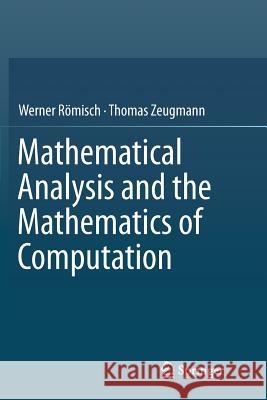Mathematical Analysis and the Mathematics of Computation » książka
topmenu
Mathematical Analysis and the Mathematics of Computation
ISBN-13: 9783319826554 / Angielski / Miękka / 2018 / 703 str.
Kategorie:
Kategorie BISAC:
Wydawca:
Springer
Język:
Angielski
ISBN-13:
9783319826554
Rok wydania:
2018
Wydanie:
Softcover Repri
Ilość stron:
703
Waga:
0.99 kg
Wymiary:
23.39 x 15.6 x 3.68
Oprawa:
Miękka
Wolumenów:
01
Dodatkowe informacje:
Wydanie ilustrowane











